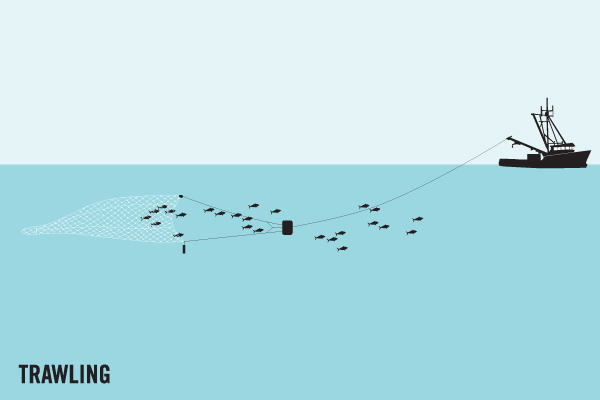Average Weight/Length
Averages 3-6 inches.
Other "Popular" Names for this Fish
Whitebait, Sardina
Location Habitat
Roams widely in both shallow and deep water of both coasts. Bait-seekers look for them inshore on grassy flats and around bridges. Offshore, they frequently congregate near navigation markers, wrecks and reefs. Found inshore in summer, but at least some moving into deeper water in winter. Adults are found in near surface waters, usually in shallow areas overlying continental shelf, in greatest abundance immediately adjacent to major estuaries. Juveniles are also generally pelagic, with smallest size groups farthest up river. Form large and very compact schools, both of juveniles and adults. Migrate north - south; also in and out of bays and inlets. Feed by filtering phytoplankton (diatoms) and zooplankton (small crustaceans, annelid worms and detritus). High water temperatures apparently limit breeding. Spawn probably all year; nursery areas in estuaries. Larvae are pelagic, probably spend about a month in waters over continental shelf, entering estuarine waters at about 10 mm and larger
Biology & Physical Description
Again, we have several similar species that most anglers make little or no attempt to differentiate, and which are known by various common names, mostly regional. Actually, it would be a surprise to find a listing under the name "Pilchard" in scientific books. The Scaled Sardine is the one most widely called "Pilchard," at least on the East Coast. The same fish (with some others) is usually called "Whitebait" in the Gulf. Color is usually brassy above and solid silver on sides. Small black spot may be present on the gill cover. The similar Redear Sardine, arengula humeralis, and False Pilchard, Harengula clupeola, occur in South Florida but are less common. Both have an orange spot on the gill cover, but the False Pilchard is solid, whereas the Redear Sardine shows dark broken streaks on the upper sides. Dorsal spines (total): 0; Dorsal soft rays (total): 18-24; Anal spines: 0; Anal soft rays: 18 - 24. Upper jaw with median notch. Pelvic fin with rounded hind margin, inner fin rays equal or nearly equal to outer fin rays when fin folded back. Pre-dorsal scales modified; scales on back, above base of anal fin and at base of tail much smaller and irregularly placed. A black spot behind gill opening, followed along flank by approximately 6 lines of smaller spots. Silvery, with brassy sides and a dark bluish green back
Geographic Species Map (Fishbase.org Map)
|
|

|
Summary of Distribution: Western Atlantic: Nova Scotia, Canada southward to Indian River, Florida, USA. |
|
Note: Distribution range colors indicate degree of suitability of habitat which can be interpreted as probabilities of occurrence (fishbase.org) |
|
Sport Fishing Techniques
|
|
TrawlingTrawling is when.... |
|
Tackle & Baits
Most are cast netted, but they can also be caught with either multi-hook bait rigs, or with "Pilchard rings", a series of small, interlocking rings fashioned of leader wire. Both rigs are sold in bait shops in areas where they are popular. If the Pilchards are present but not densely packed, they are first chummed up with grain, such as oatmeal, and then the bait rigs or Pilchard rings are lowered into the school. The Pilchards either strike the hooks or swim into the rings, which trap them.
Game Rating
Game Rating : 1/10
Game Description :
None.
Food Rating
Game Rating : 1/10
Game Description :
Insignificant.




















 Scaled Sardine "Pilchard" (Bait Fish)
Scaled Sardine "Pilchard" (Bait Fish) 


